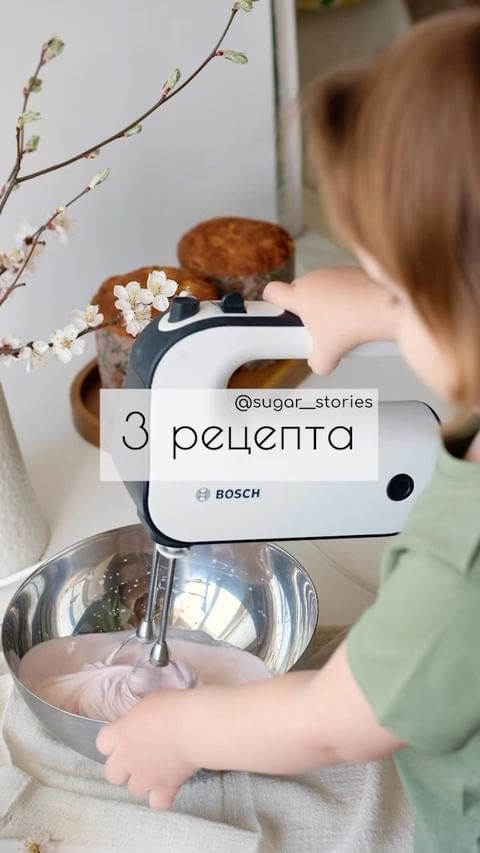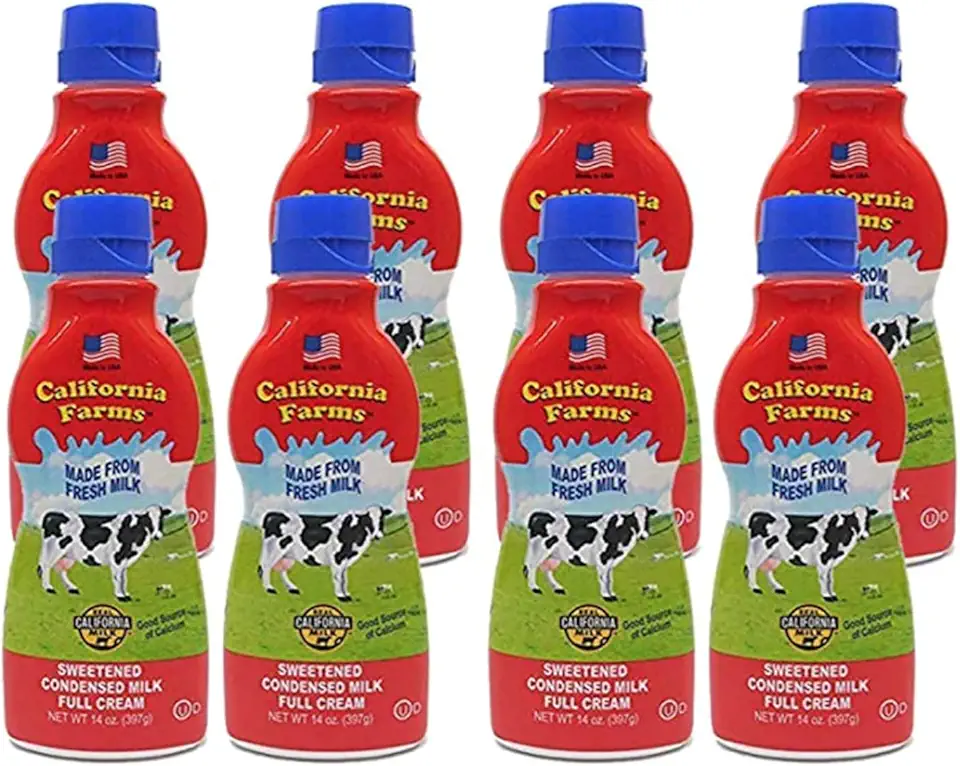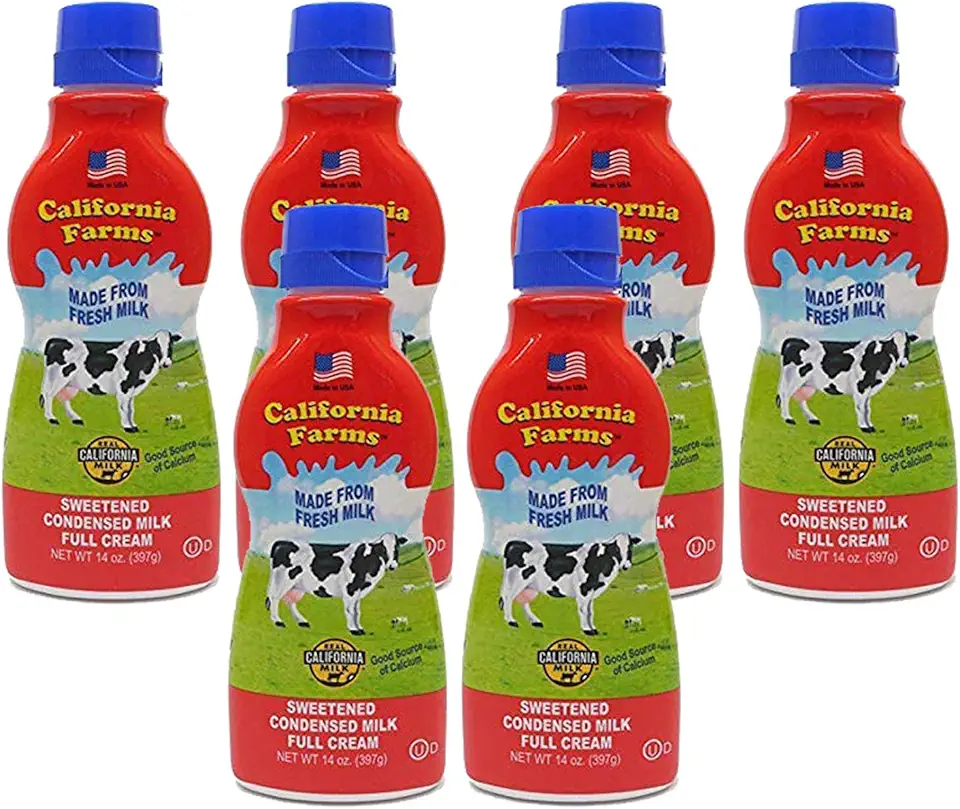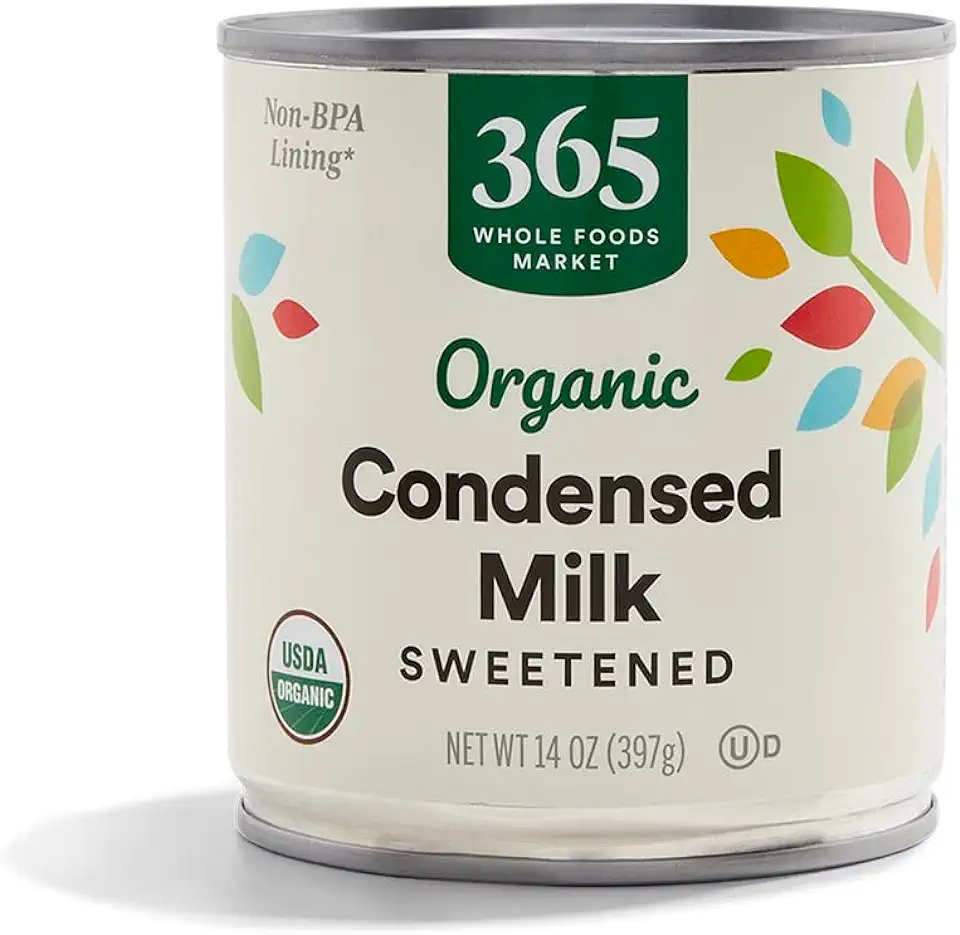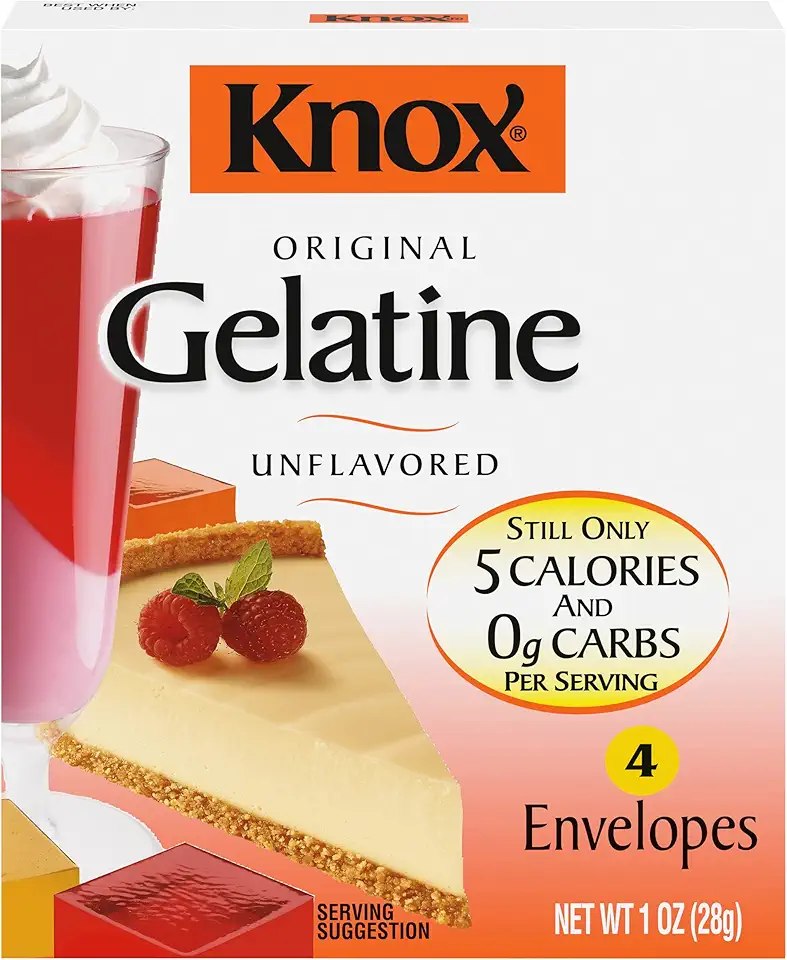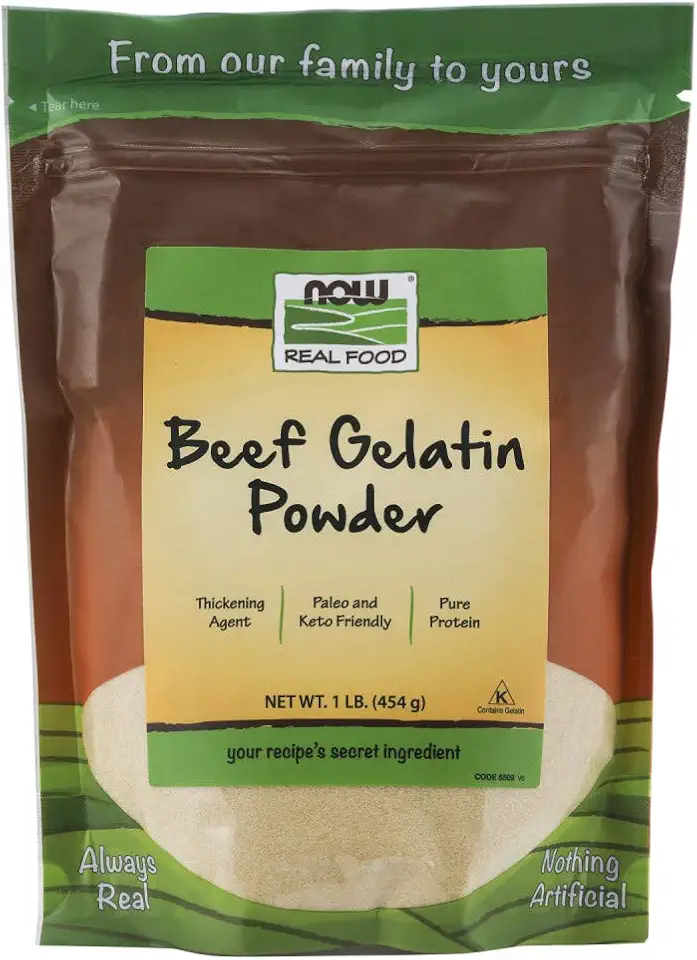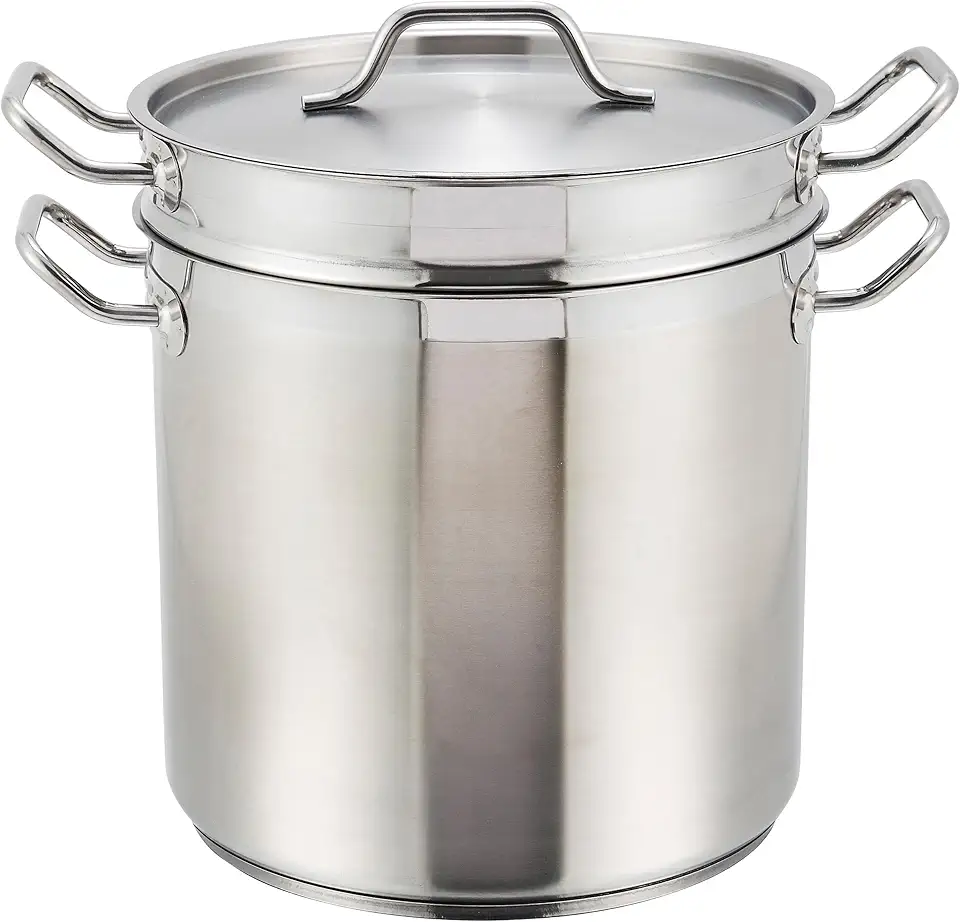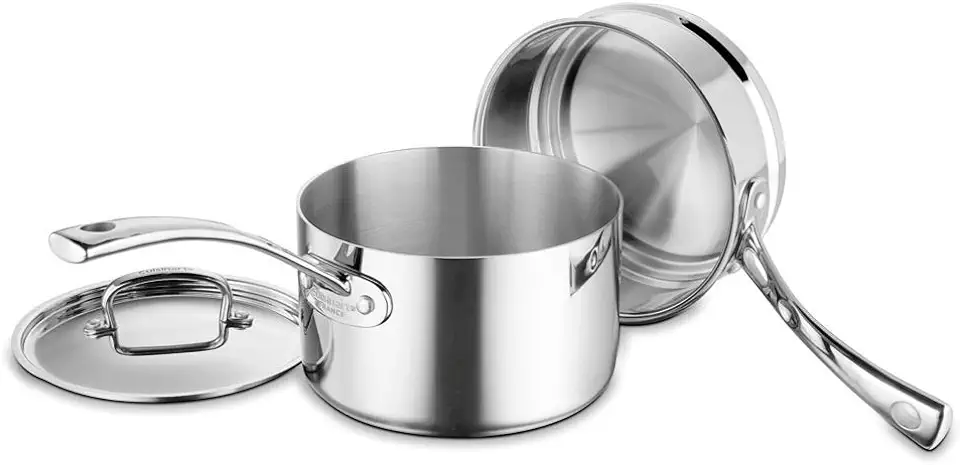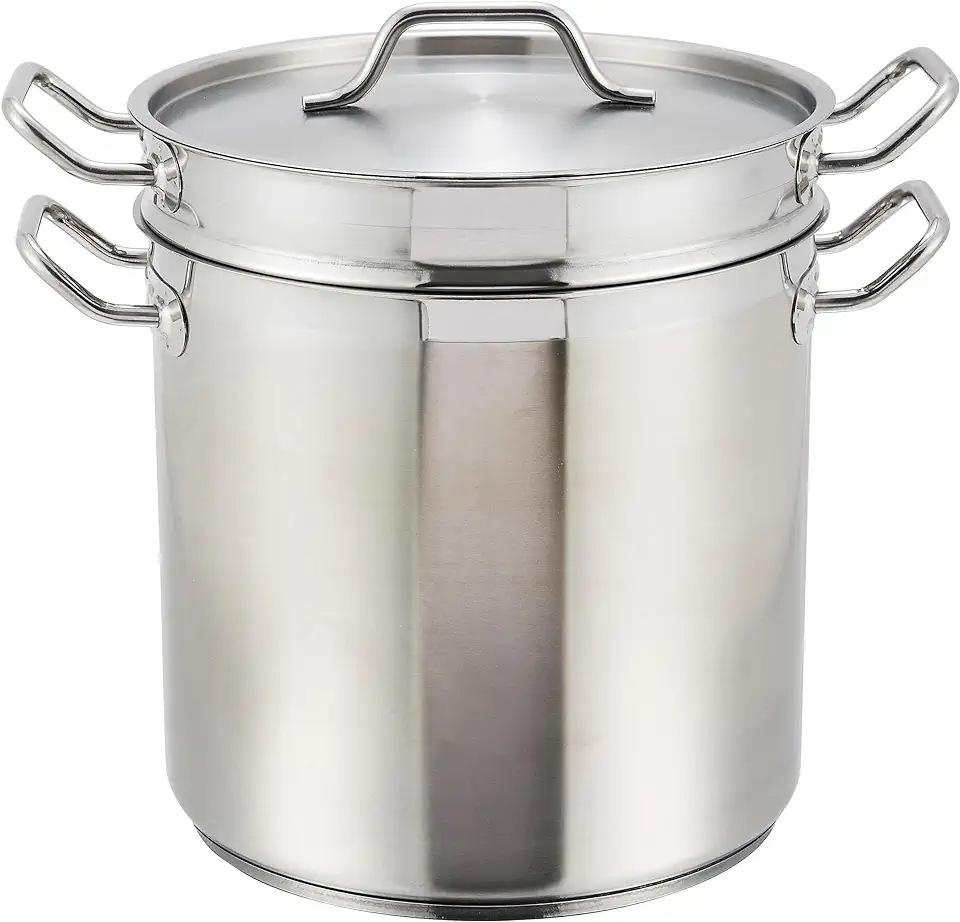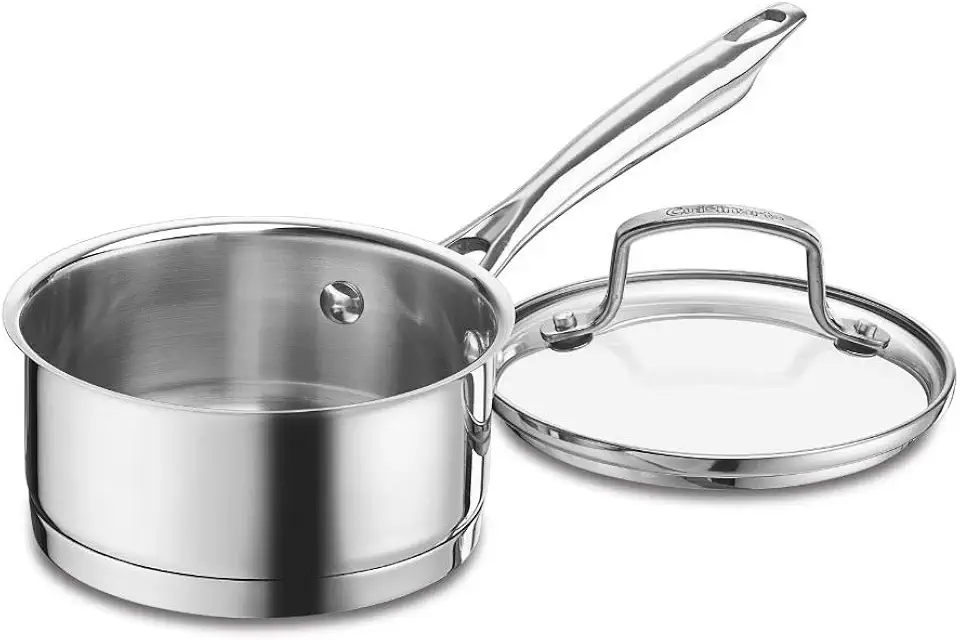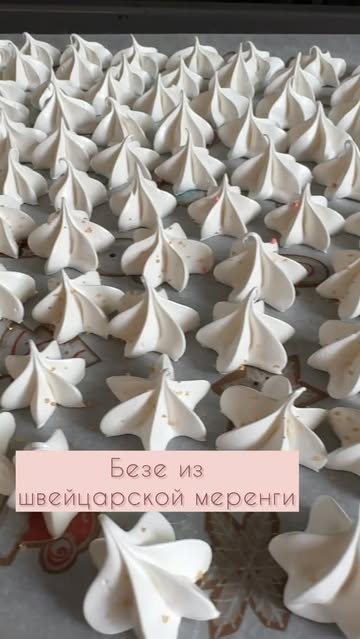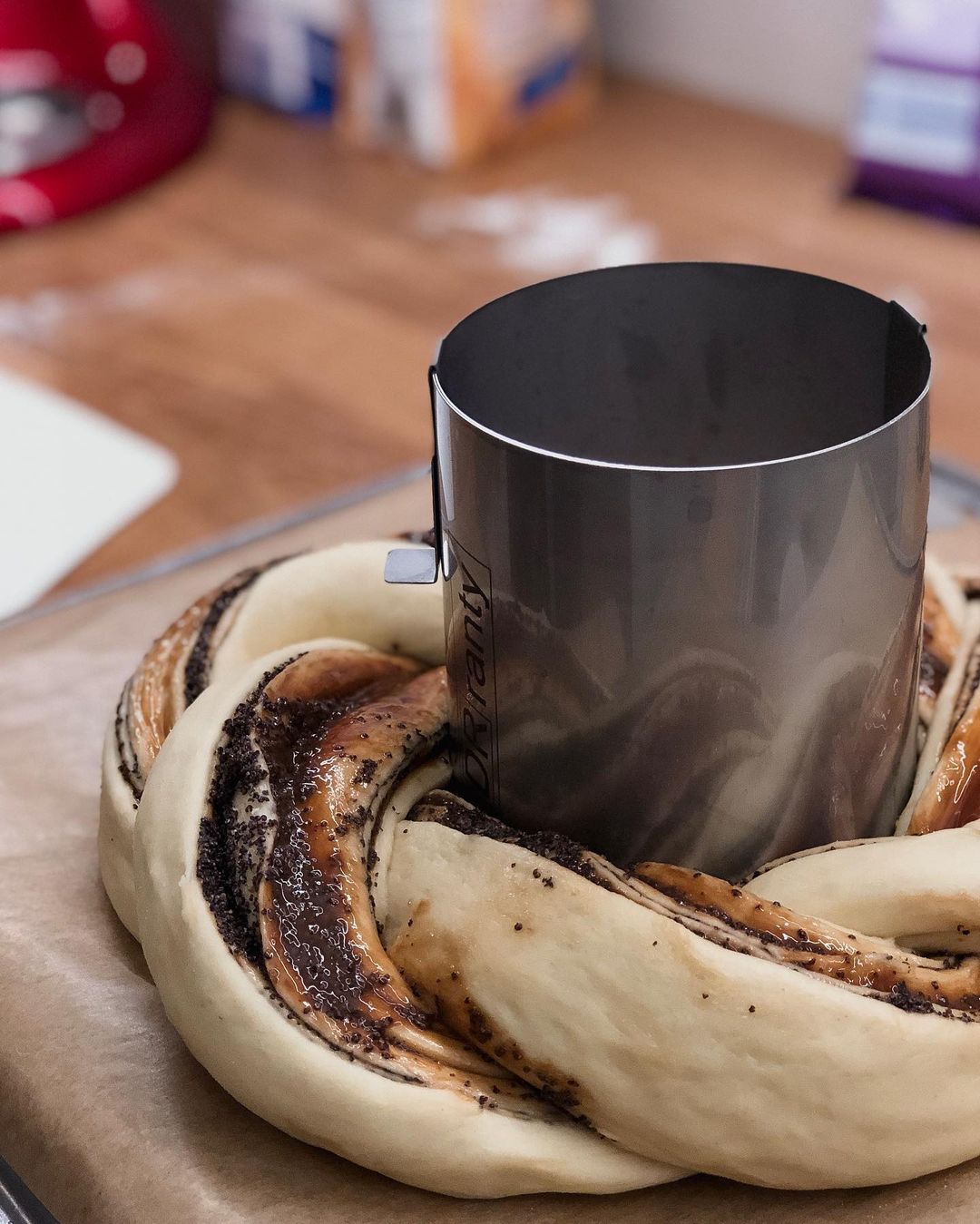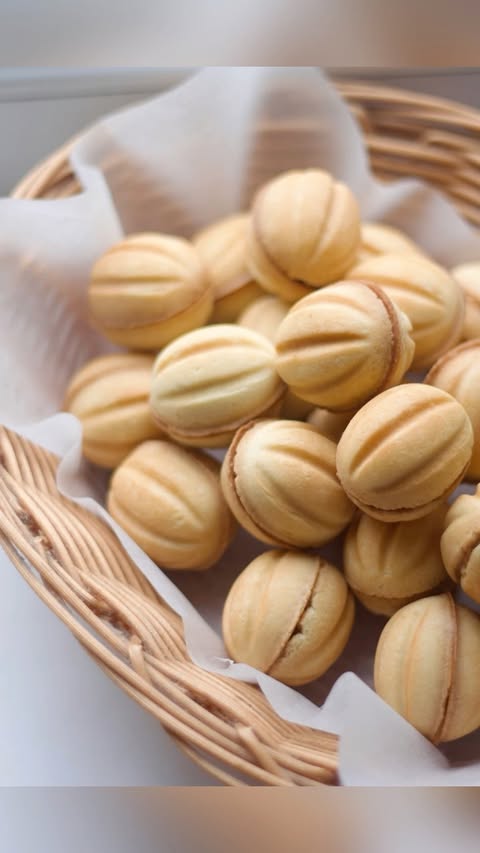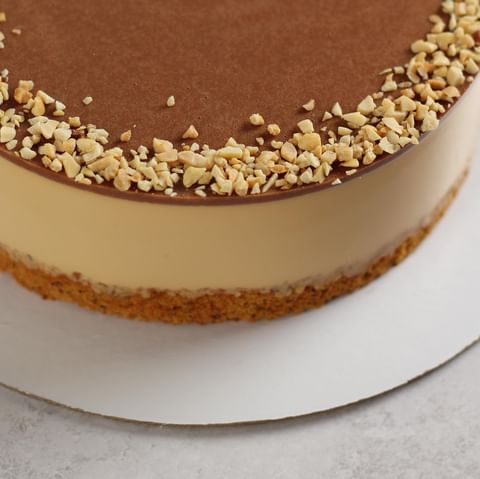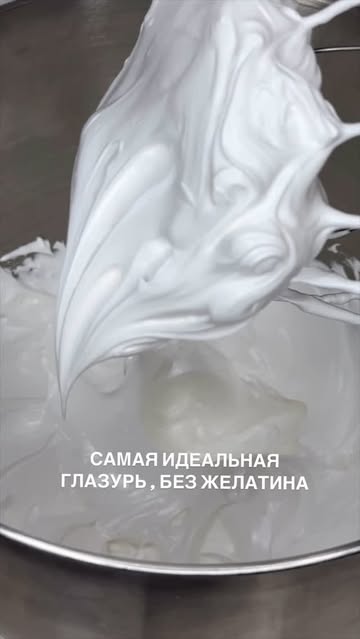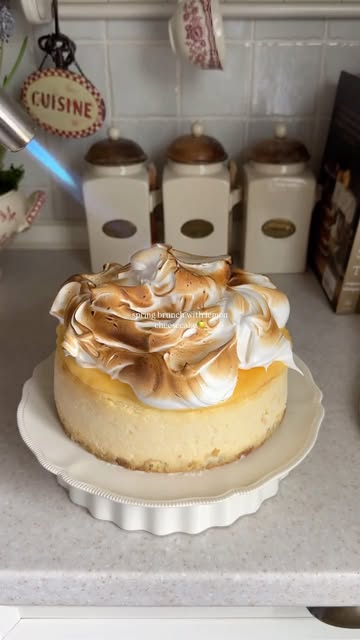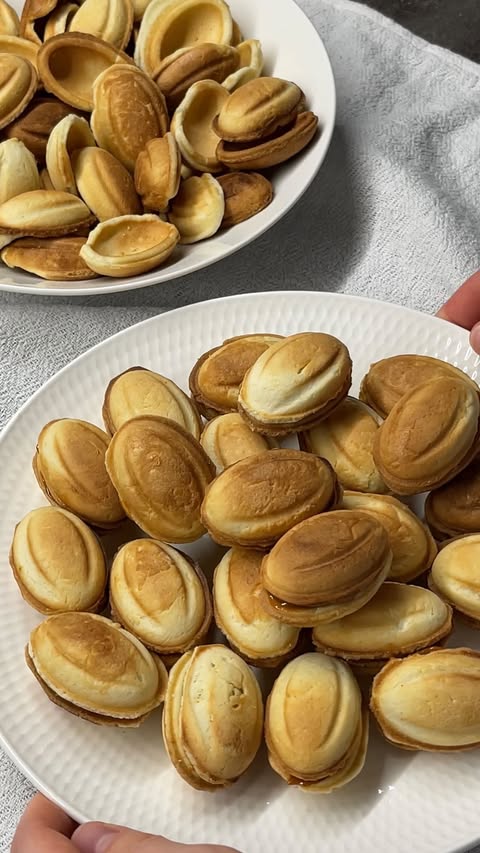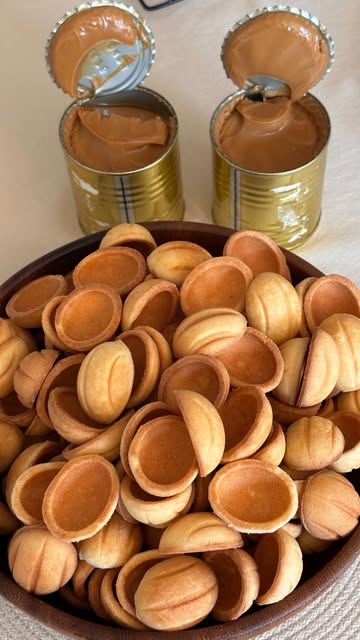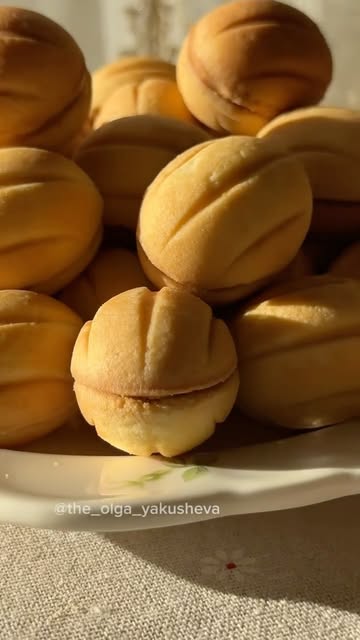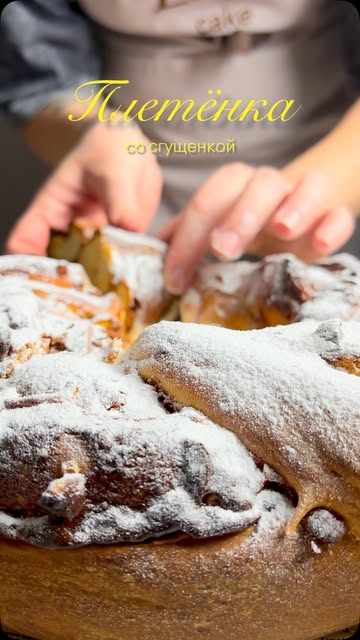Ingredients
Swiss Meringue
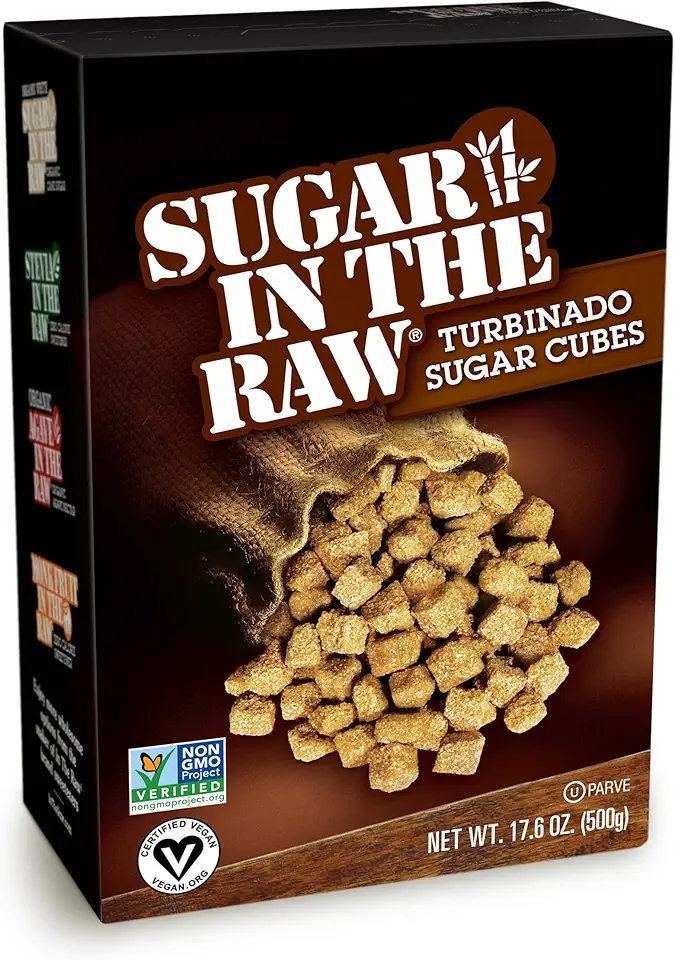 Sugar In The Raw Granulated Turbinado Cane Sugar Cubes, No Added Flavors or erythritol, Pure Natural Sweetener, Hot & Cold Drinks, Coffee, Vegan, Gluten-Free, Non-GMO,Pack of 1
$5.27
View details
Prime
Sugar In The Raw Granulated Turbinado Cane Sugar Cubes, No Added Flavors or erythritol, Pure Natural Sweetener, Hot & Cold Drinks, Coffee, Vegan, Gluten-Free, Non-GMO,Pack of 1
$5.27
View details
Prime
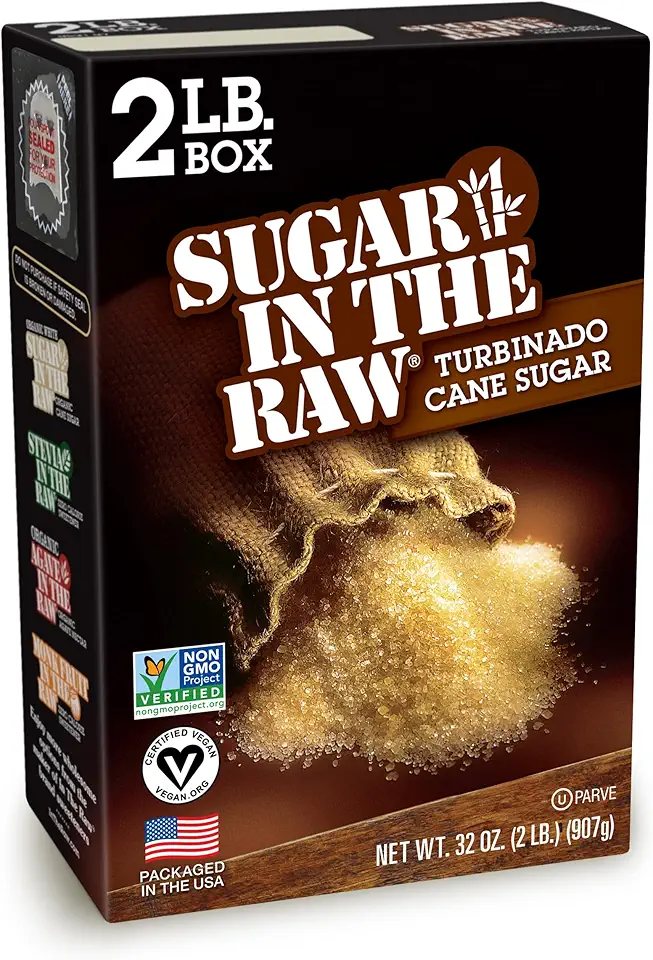 Sugar In The Raw Granulated Turbinado Cane Sugar, No Added Flavors or erythritol, Pure Natural Sweetener, Hot & Cold Drinks, Coffee, Baking, Vegan, Gluten-Free, Non-GMO, Bulk Sugar, 2lb Bag (1-Pack)
$3.74
$4.14
View details
Prime
Sugar In The Raw Granulated Turbinado Cane Sugar, No Added Flavors or erythritol, Pure Natural Sweetener, Hot & Cold Drinks, Coffee, Baking, Vegan, Gluten-Free, Non-GMO, Bulk Sugar, 2lb Bag (1-Pack)
$3.74
$4.14
View details
Prime
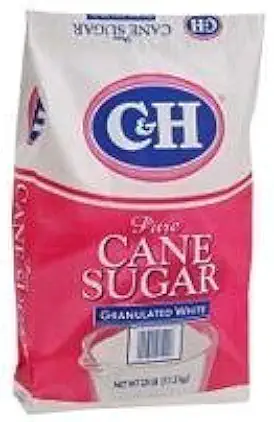 C&H Pure Cane Granulated White Sugar, 25-Pound Bags
$56.99
$49.98
View details
C&H Pure Cane Granulated White Sugar, 25-Pound Bags
$56.99
$49.98
View details
Condensed Milk Fondant
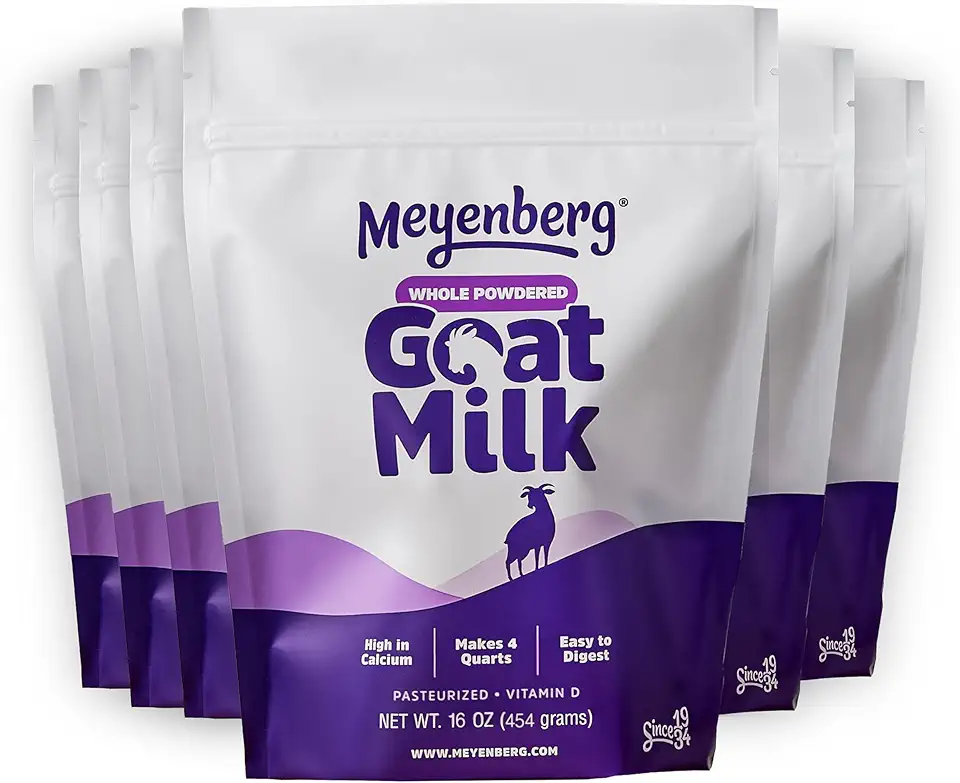 Meyenberg Whole Powdered Goat Milk Resealable Pouch, Gluten Free, Vitamin D 16 OZ (Pack of 6)
$94.99
View details
Prime
Meyenberg Whole Powdered Goat Milk Resealable Pouch, Gluten Free, Vitamin D 16 OZ (Pack of 6)
$94.99
View details
Prime
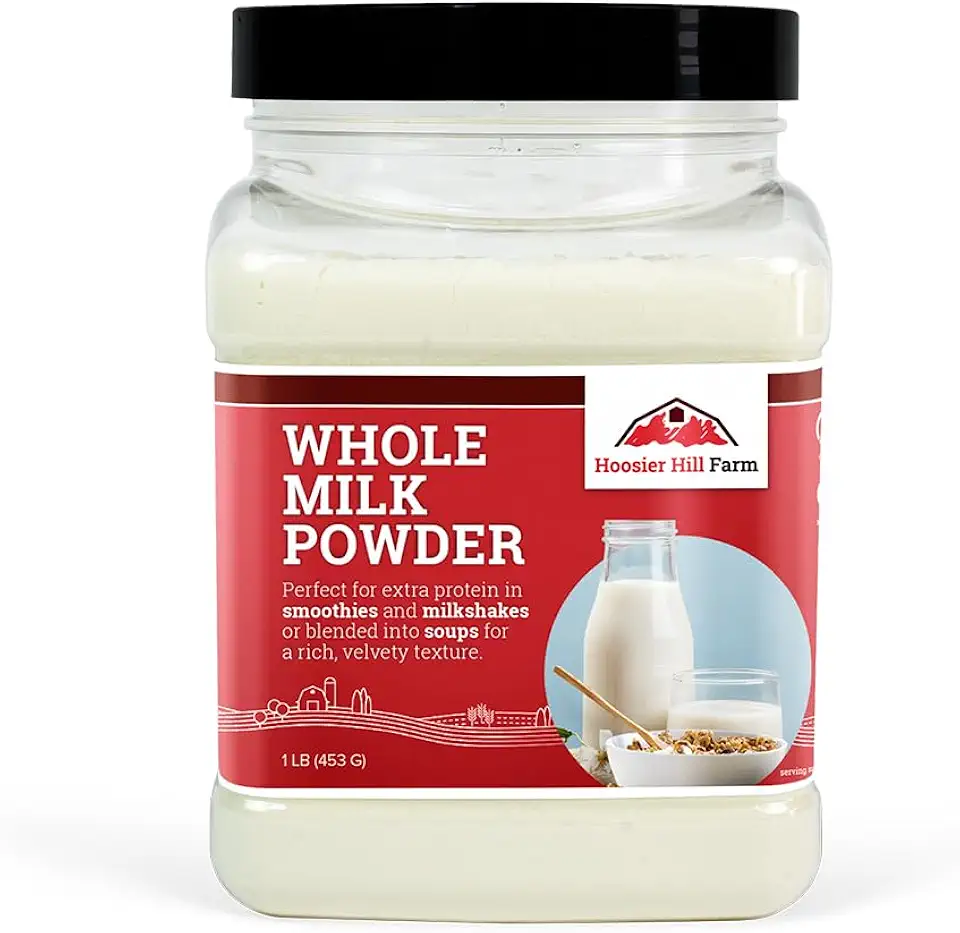 Hoosier Hill Farm Whole Milk Powder, 1LB (Pack of 1)
$14.99
View details
Prime
Hoosier Hill Farm Whole Milk Powder, 1LB (Pack of 1)
$14.99
View details
Prime
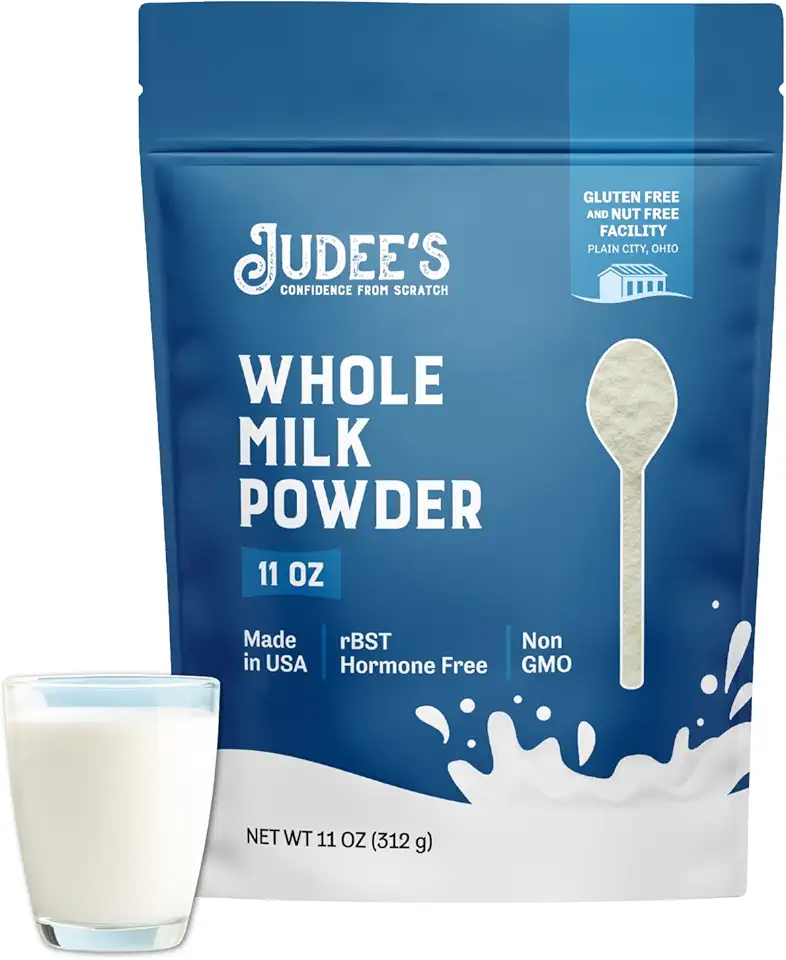 Judee's Pure Whole Milk Powder - 100% Non-GMO, rBST Hormone-Free, Gluten-Free and Nut-Free - Pantry Staple, Baking Ready, Great for Travel, Easy to Store and Shelf Stable - Made in USA - 11oz
$12.99
View details
Judee's Pure Whole Milk Powder - 100% Non-GMO, rBST Hormone-Free, Gluten-Free and Nut-Free - Pantry Staple, Baking Ready, Great for Travel, Easy to Store and Shelf Stable - Made in USA - 11oz
$12.99
View details
Airy Sugar Frosting
 Sugar In The Raw Granulated Turbinado Cane Sugar Cubes, No Added Flavors or erythritol, Pure Natural Sweetener, Hot & Cold Drinks, Coffee, Vegan, Gluten-Free, Non-GMO,Pack of 1
$5.27
View details
Prime
Sugar In The Raw Granulated Turbinado Cane Sugar Cubes, No Added Flavors or erythritol, Pure Natural Sweetener, Hot & Cold Drinks, Coffee, Vegan, Gluten-Free, Non-GMO,Pack of 1
$5.27
View details
Prime
 Sugar In The Raw Granulated Turbinado Cane Sugar, No Added Flavors or erythritol, Pure Natural Sweetener, Hot & Cold Drinks, Coffee, Baking, Vegan, Gluten-Free, Non-GMO, Bulk Sugar, 2lb Bag (1-Pack)
$3.74
$4.14
View details
Prime
Sugar In The Raw Granulated Turbinado Cane Sugar, No Added Flavors or erythritol, Pure Natural Sweetener, Hot & Cold Drinks, Coffee, Baking, Vegan, Gluten-Free, Non-GMO, Bulk Sugar, 2lb Bag (1-Pack)
$3.74
$4.14
View details
Prime
 C&H Pure Cane Granulated White Sugar, 25-Pound Bags
$56.99
$49.98
View details
C&H Pure Cane Granulated White Sugar, 25-Pound Bags
$56.99
$49.98
View details
Instructions
Step 1
Combine the sugar and egg whites in a heatproof bowl. Warm the mixture over a double boiler, whisking until the sugar dissolves completely. *Check* to make sure the sugar is dissolved by rubbing the mixture between your fingers. Once dissolved, remove it from the heat and beat on high speed until you achieve the desired consistency, either soft or stiff peaks, depending on your preference. Midway through beating, add the lemon juice. This portion is enough for about four cakes with a diameter of 90 mm (approximately 3.5 inches).
Step 2
Simply combine the *sweetened condensed milk*, powdered milk, and lemon juice. Mix well until smooth and lump-free. If you prefer a more liquid fondant, *add more condensed milk*. This specific proportion creates a glossy mixture that sets quickly. Immediately after applying the fondant, sprinkle each cake with toppings to prevent them from sliding off. This recipe should cover one cake with a diameter of 90 mm (approximately 3.5 inches).
Step 3
Start by soaking the gelatin in water and let it swell for about 20 minutes. Combine the sugar and water in a saucepan and bring it to a boil. Remove from heat, add the swollen gelatin, and beat the mixture at medium-high speed until the desired thickness is reached. Add the lemon juice towards the end. The longer you beat, the thicker the frosting will become. This glaze can be used to create a very fluffy *cake topper*. If you prefer a classic glaze, make it more liquid to cover two cakes. Once set, the glaze remains *non-sticky* and doesn't crumble.
Servings
Equipment
A versatile kitchen tool crucial for achieving the right texture in your Swiss meringue. Make sure it is clean and grease-free for best results!
 OXO Good Grips 11-Inch Balloon Whisk
$10.93
$11.95
View details
Prime
best seller
OXO Good Grips 11-Inch Balloon Whisk
$10.93
$11.95
View details
Prime
best seller
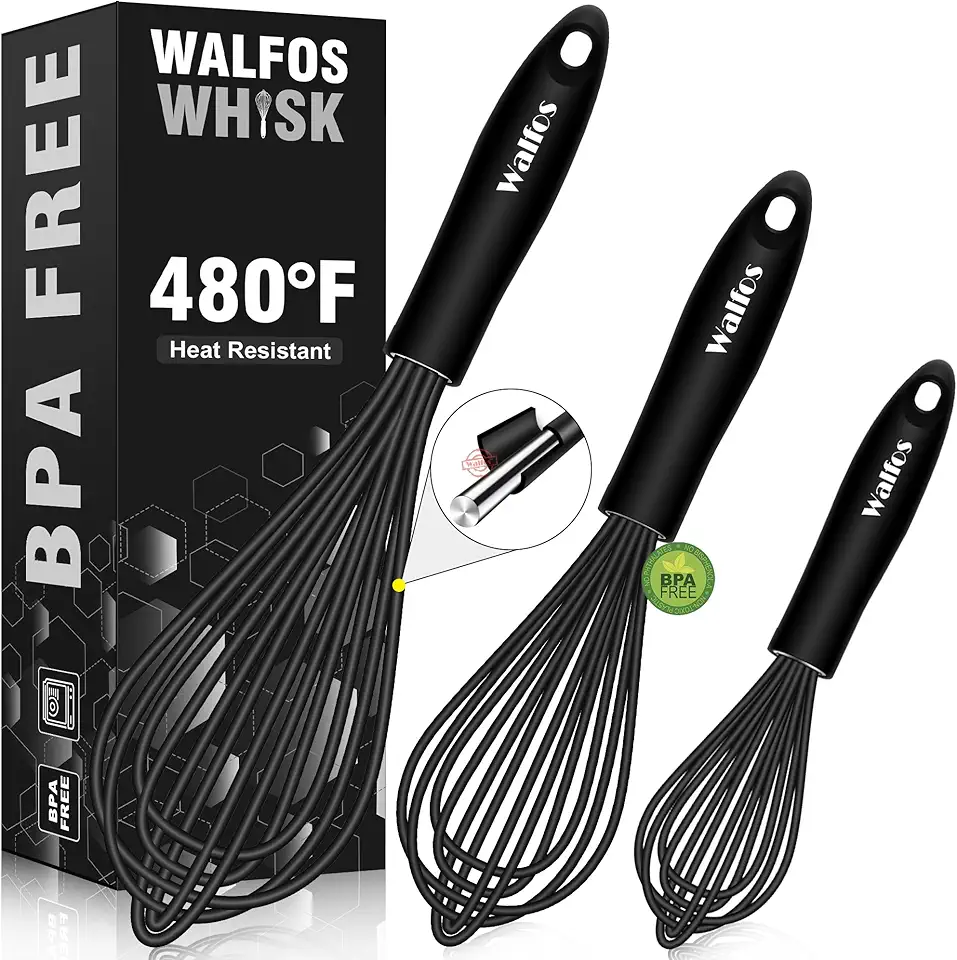 Walfos Silicone Whisk,Stainless Steel Wire Whisk Set of 3 -Heat Resistant 480°F Kitchen Whisks for Non-stick Cookware,Balloon Egg Beater Perfect for Blending,Whisking,Beating,Frothing & Stirring,Black
$11.89
$14.99
View details
Prime
Walfos Silicone Whisk,Stainless Steel Wire Whisk Set of 3 -Heat Resistant 480°F Kitchen Whisks for Non-stick Cookware,Balloon Egg Beater Perfect for Blending,Whisking,Beating,Frothing & Stirring,Black
$11.89
$14.99
View details
Prime
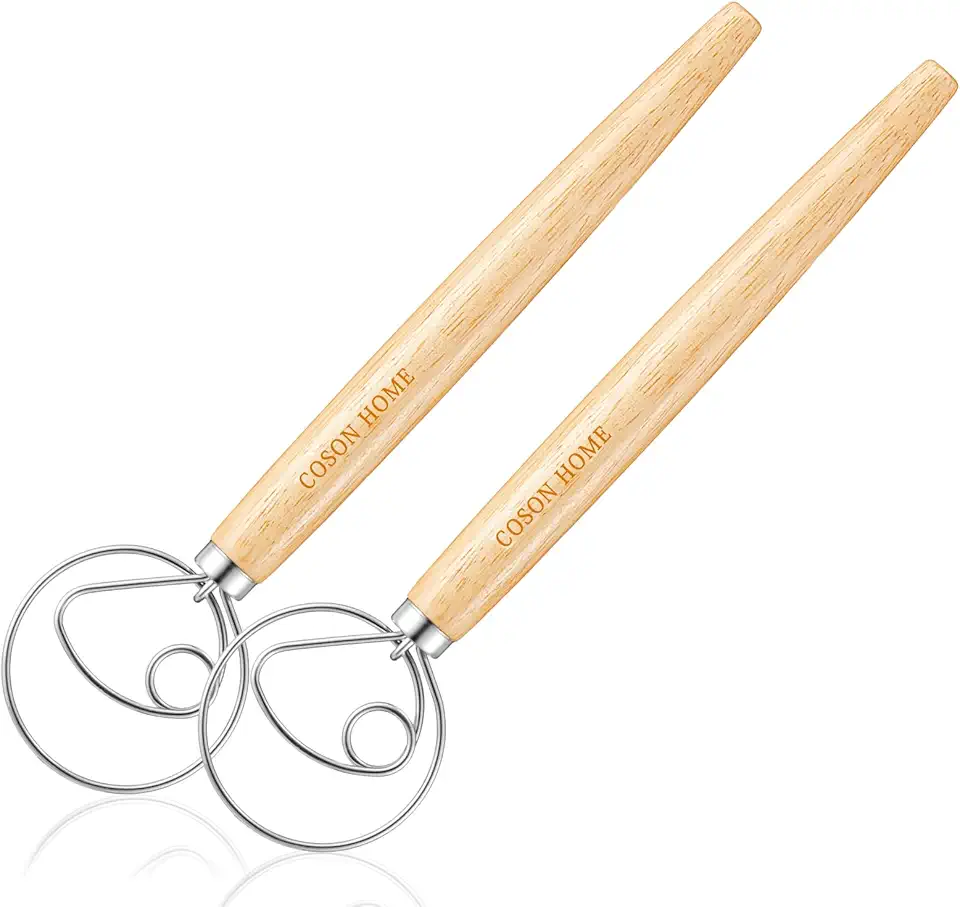 Pack of 2 Danish Dough Whisk Blender Dutch Bread Whisk Hook Wooden Hand Mixer Sourdough Baking Tools for Cake Bread Pizza Pastry Biscuits Tool Stainless Steel Ring 13.5 inches 0.22 lb/pcs…
$9.80
$14.99
View details
Pack of 2 Danish Dough Whisk Blender Dutch Bread Whisk Hook Wooden Hand Mixer Sourdough Baking Tools for Cake Bread Pizza Pastry Biscuits Tool Stainless Steel Ring 13.5 inches 0.22 lb/pcs…
$9.80
$14.99
View details
Opt for a heatproof one if you're using it over a double boiler for the Swiss meringue.
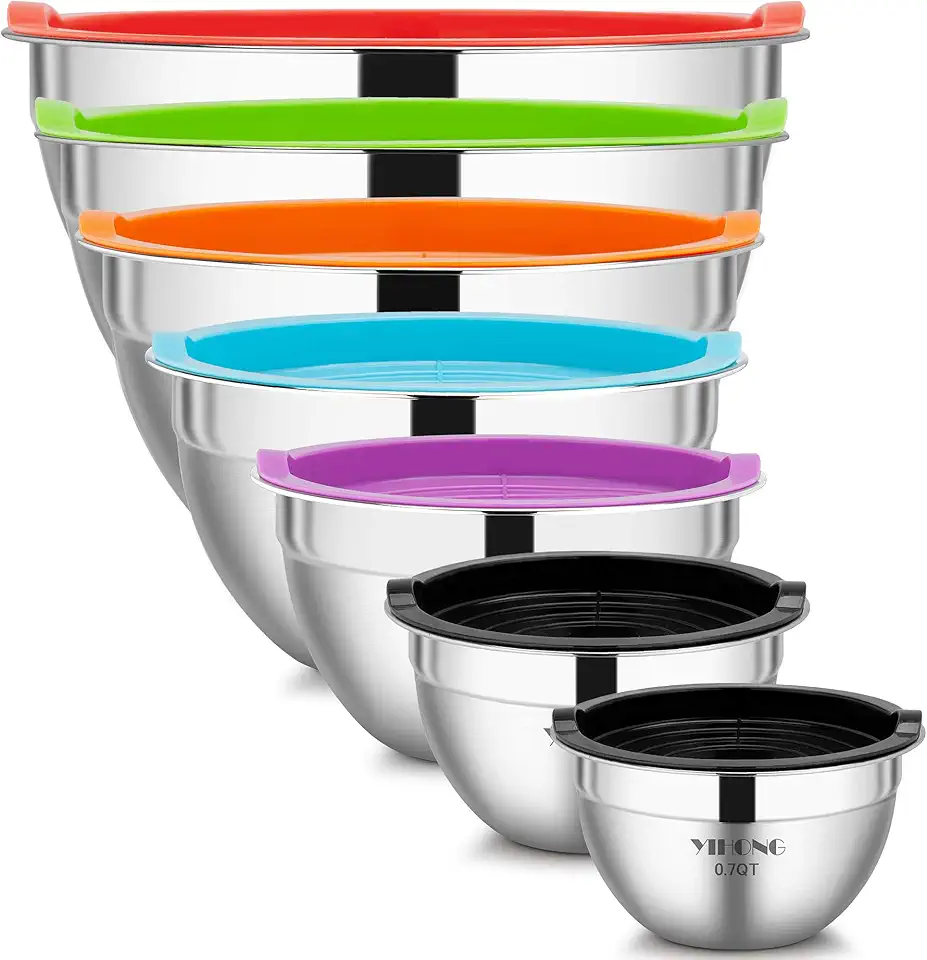 YIHONG 7 Piece Mixing Bowls with Lids for Kitchen, Stainless Steel Mixing Bowls Set Ideal for Baking, Prepping, Cooking and Serving Food, Nesting Metal Mixing Bowls for Space Saving Storage
$27.99
$35.99
View details
Prime
best seller
YIHONG 7 Piece Mixing Bowls with Lids for Kitchen, Stainless Steel Mixing Bowls Set Ideal for Baking, Prepping, Cooking and Serving Food, Nesting Metal Mixing Bowls for Space Saving Storage
$27.99
$35.99
View details
Prime
best seller
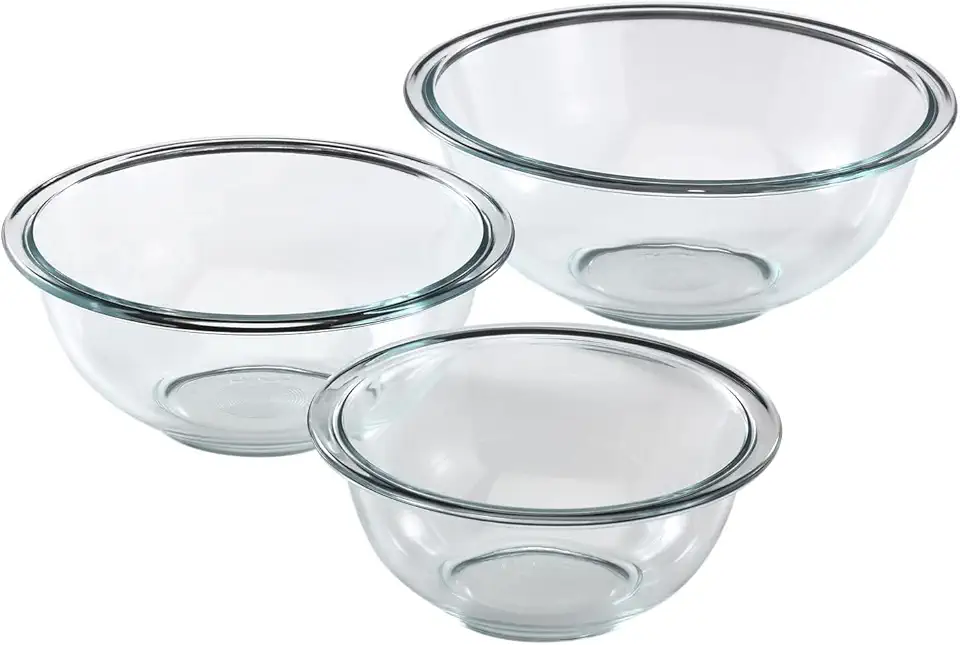 Pyrex Glass, 3-Piece, 3 PC Mixing Bowl Set
$17.53
View details
Prime
Pyrex Glass, 3-Piece, 3 PC Mixing Bowl Set
$17.53
View details
Prime
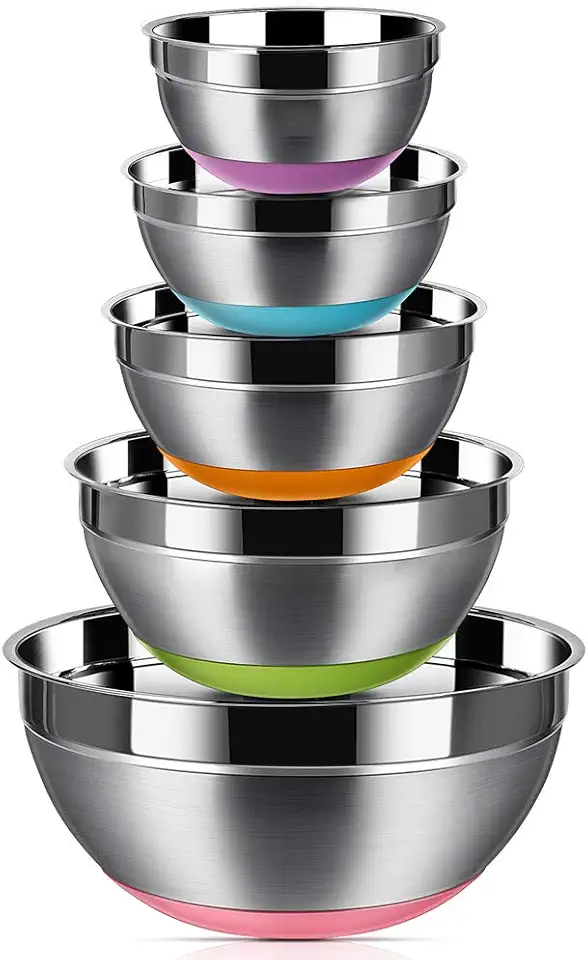 REGILLER Stainless Steel Mixing Bowls (Set of 5), Non Slip Colorful Silicone Bottom Nesting Storage Bowls, Polished Mirror Finish For Healthy Meal Mixing and Prepping 1.5-2 - 2.5-3.5 - 7QT (Colorful)
$26.99
View details
REGILLER Stainless Steel Mixing Bowls (Set of 5), Non Slip Colorful Silicone Bottom Nesting Storage Bowls, Polished Mirror Finish For Healthy Meal Mixing and Prepping 1.5-2 - 2.5-3.5 - 7QT (Colorful)
$26.99
View details
Essential for whipping your ingredients into a light, airy masterpiece. If you don't have one, a hand mixer can suffice, but might require more elbow grease! 😉
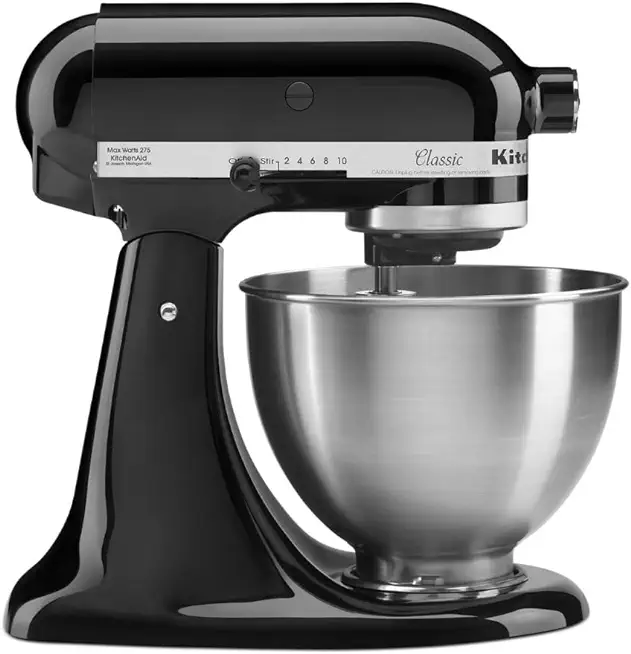 KitchenAid Classic Series 4.5 Quart Tilt-Head Stand Mixer K45SS, Onyx Black
$279.99
$329.99
View details
KitchenAid Classic Series 4.5 Quart Tilt-Head Stand Mixer K45SS, Onyx Black
$279.99
$329.99
View details
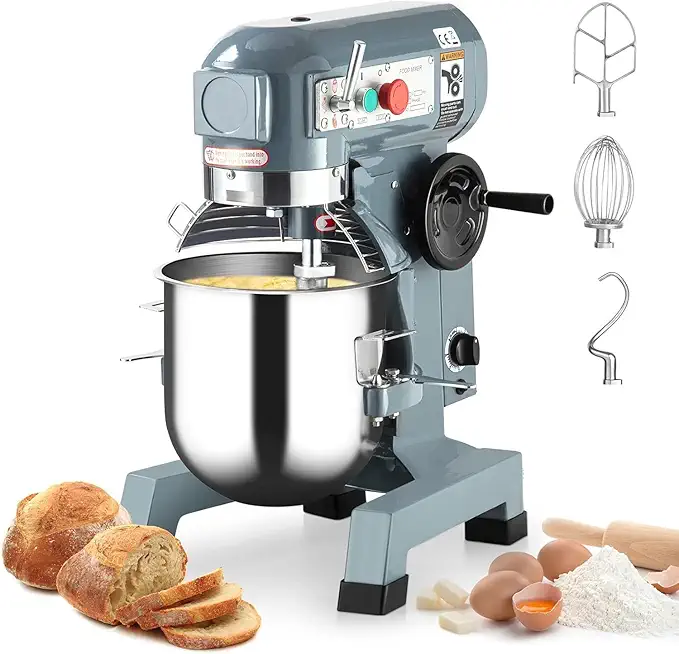 Commercial Stand Mixer, 15Qt Heavy Duty Electric Food Mixer, Commercial Mixer 600W with 3 Speeds Adjustable 130/233/415RPM, Stainless Steel Bowl, Dough Hook Whisk Beater Perfect for Bakery Pizzeria
$579.99
View details
Prime
Commercial Stand Mixer, 15Qt Heavy Duty Electric Food Mixer, Commercial Mixer 600W with 3 Speeds Adjustable 130/233/415RPM, Stainless Steel Bowl, Dough Hook Whisk Beater Perfect for Bakery Pizzeria
$579.99
View details
Prime
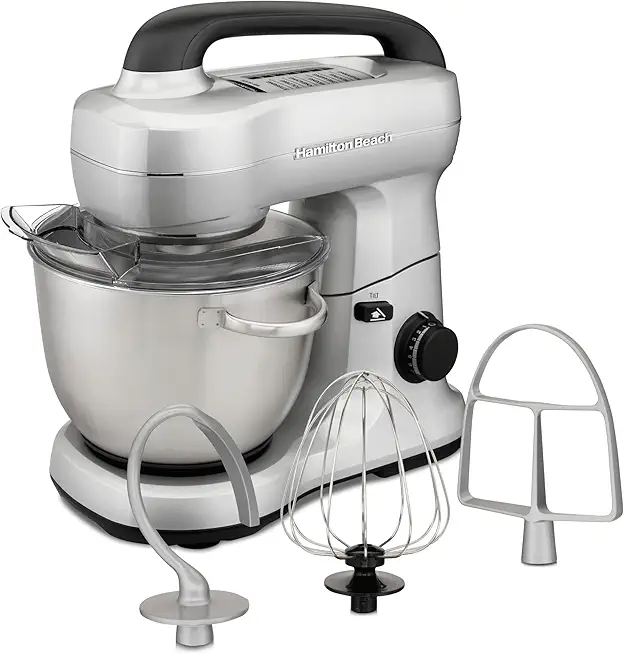 Hamilton Beach Electric Stand Mixer, 4 Quarts, Dough Hook, Flat Beater Attachments, Splash Guard 7 Speeds with Whisk, Silver
$95.99
$119.99
View details
Hamilton Beach Electric Stand Mixer, 4 Quarts, Dough Hook, Flat Beater Attachments, Splash Guard 7 Speeds with Whisk, Silver
$95.99
$119.99
View details
An absolute must-have for gently heating egg whites and sugar without cooking the eggs. If you lack a double boiler, improvise with a heatproof bowl over a pot of simmering water.
Perfect for creating syrup bases. Ensure it distributes heat evenly to avoid burning sugar.
Variations
Whether you're cutting out gluten or choosing plant-based options, there’s no need to miss out on these delightful Easter glazes! 🌿
Gluten-Free Variation: 🌀
Luckily, this recipe is already wonderfully gluten-free! Just double-check your powdered sugar and decorations to ensure they are certified gluten-free.
Vegan Variation: 🌱
For a vegan twist, swap the egg whites in the Swiss meringue with aquafaba, the magical liquid from a can of chickpeas. Additionally, check that your sugar is organic or labeled vegan to ensure it hasn’t been processed with bone char. Replace gelatine with agar-agar in the fluffy sugar glaze for that perfect plant-based touch. Enjoy the same glossy and stunning glazes - minus any animal products!
Faq
- Why is my meringue not forming peaks?
This could be due to grease or fat residue in your mixing bowl. Make sure all equipment is perfectly clean and dry. Also, ensure that you’re whipping at a high speed long enough to form those peaks.
- How do I prevent the glaze from sliding off the bread?
Let your Easter bread cool completely before applying any glaze. A warm surface will cause the glaze to slide off. Also, use just the right consistency: not too runny.
- What consistency should my syrup be for the sugar glaze?
You're aiming for a thick syrup. A soft-ball stage (about 235°F or 112°C) is often ideal when you drop some syrup into cold water, it should form a ball that you can squish between your fingers.
- Can I prepare the glazes in advance?
While the Swiss meringue is best used immediately, the fondant glaze can hold for a couple of days in an airtight container. Re-whip it slightly before use for smoothness. The sugar glaze might crystallize, so it's best done fresh.
- How can I add flavor to my glazes?
Feel free to introduce vanilla extract, almond essence, or grated citrus zest into your glazes. Just add them sparingly towards the end of mixing for a delightful hint of flavor without altering the texture.
- Is there a trick to getting a shiny finish on my glaze?
For ultimate shine, make sure your meringue is beat until perfectly smooth. Also, you can gently torch the top with a kitchen blowtorch for that subtle sheen and slight caramelization on the Swiss meringue.

